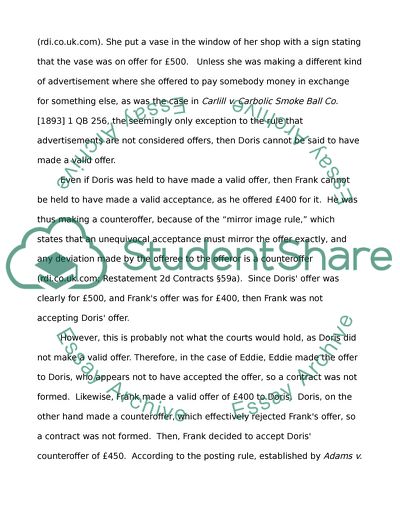Cite this document
(“Detailed Analysis of Common Law Cases Assignment”, n.d.)
Detailed Analysis of Common Law Cases Assignment. Retrieved from https://studentshare.org/law/1581188-common-law
Detailed Analysis of Common Law Cases Assignment. Retrieved from https://studentshare.org/law/1581188-common-law
(Detailed Analysis of Common Law Cases Assignment)
Detailed Analysis of Common Law Cases Assignment. https://studentshare.org/law/1581188-common-law.
Detailed Analysis of Common Law Cases Assignment. https://studentshare.org/law/1581188-common-law.
“Detailed Analysis of Common Law Cases Assignment”, n.d. https://studentshare.org/law/1581188-common-law.


